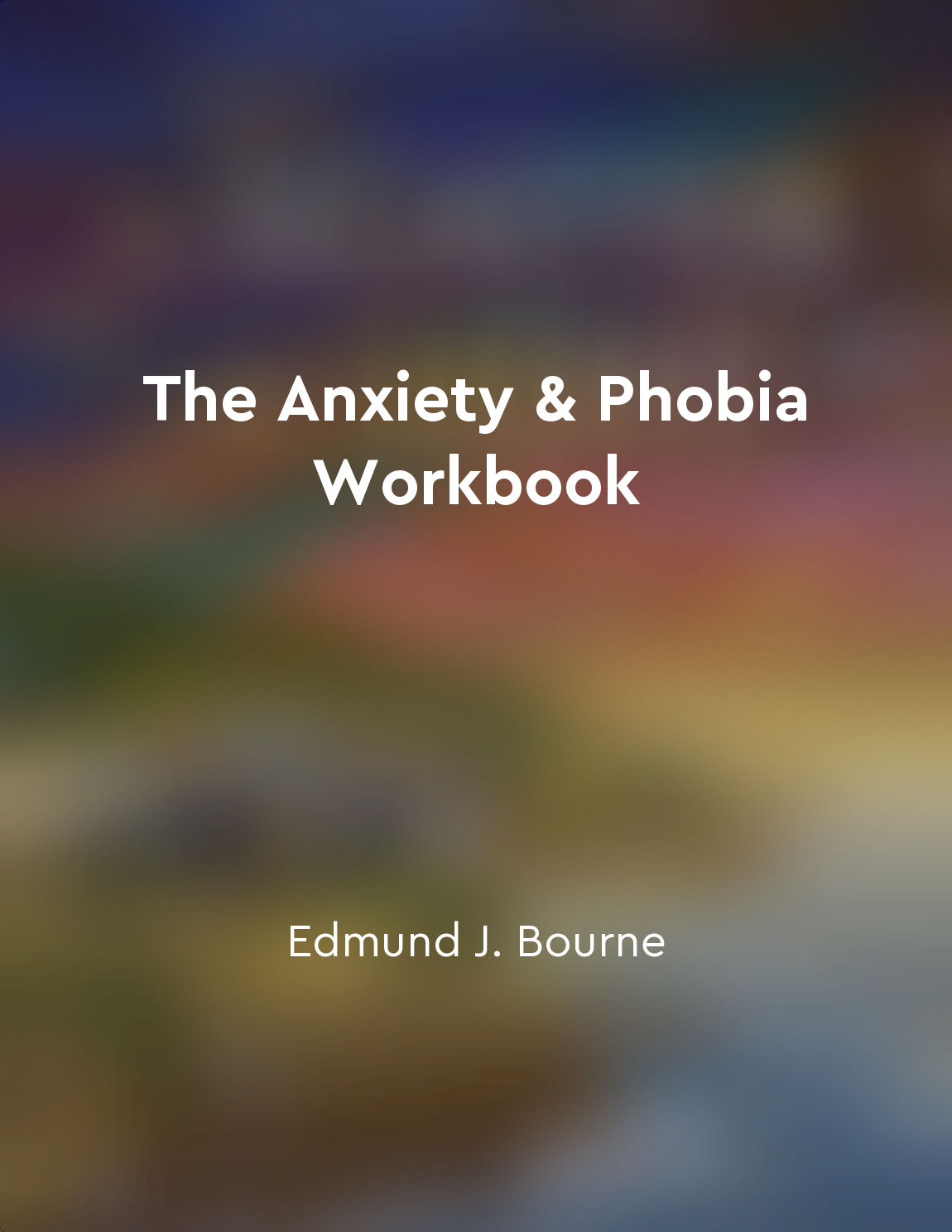Muscles work together in a coordinated manner from "summary" of Yoga Anatomy by Leslie Kaminoff,Amy Matthews
The movement of our bodies is a complex interplay of various muscles working in harmony to create the desired action. This coordination is essential for efficient and effective movement. When one muscle contracts, its counterpart must relax to allow for smooth and balanced movement. This relationship between muscles is known as reciprocal inhibition. For example, when we bend our elbow to bring our hand closer to our shoulder, the biceps muscle contracts while the triceps muscle relaxes. This allows for the desired movement to occur without any obstacles. This reciprocal relationship ensures that our movements are fluid and controlled. Additionally, muscles also work in synergy with one another to produce coordinated movements. This means that multiple muscles are activated simultaneously to produce a specific movement. For example, in a yoga pose like Warrior II, the quadriceps, hamstrings, glutes, and calf muscles all work together to stabilize the legs and hips while the arms are extended out to the sides. Furthermore, the concept of muscle slings highlights how muscles in different areas of the body are connected and work together to produce coordinated movements. For instance, the deep front line sling consists of muscles running from the feet to the head, including the feet, pelvic floor, respiratory diaphragm, psoas, diaphragm, and tongue. Understanding how muscles work together in a coordinated manner is essential for any physical practice, including yoga. By recognizing the interconnectedness of muscles and how they support each other in movement, we can enhance our performance, prevent injuries, and cultivate a greater sense of body awareness. This awareness allows us to move with intention and mindfulness, leading to a more fulfilling and enriching practice.Similar Posts
Educators can use mindfulness to promote creativity and imagination in students
One powerful way educators can support students' creativity and imagination is by integrating mindfulness practices into the le...
Cultivating selfcompassion is important for teens with anxiety
Teens with anxiety often struggle with overwhelming self-criticism and harsh judgments. This negative self-talk can exacerbate ...
Variety in movement is important for overall fitness
To achieve optimal fitness, it is crucial to incorporate a wide range of movements into your daily routine. Engaging in a varie...

Recognizing and challenging cognitive distortions can lessen anxiety's impact
When we experience anxiety, our thoughts can become distorted, leading to increased feelings of fear and worry. These distorted...
Participation in sports for a healthy lifestyle
Participation in sports is essential for maintaining a healthy lifestyle. Engaging in sports activities not only helps in physi...
Movement as a source of creativity and inspiration
Movement has the power to unlock our creativity and inspire us in ways we may not have imagined. When we move our bodies, we ta...

Muscles of upper limbs
The upper limbs of the human body contain various muscles that are responsible for movement and stability. These muscles can be...

Muscles of thorax
The muscles of the thorax are classified into two groups: muscles of the thoracic wall and muscles of the respiratory diaphragm...
